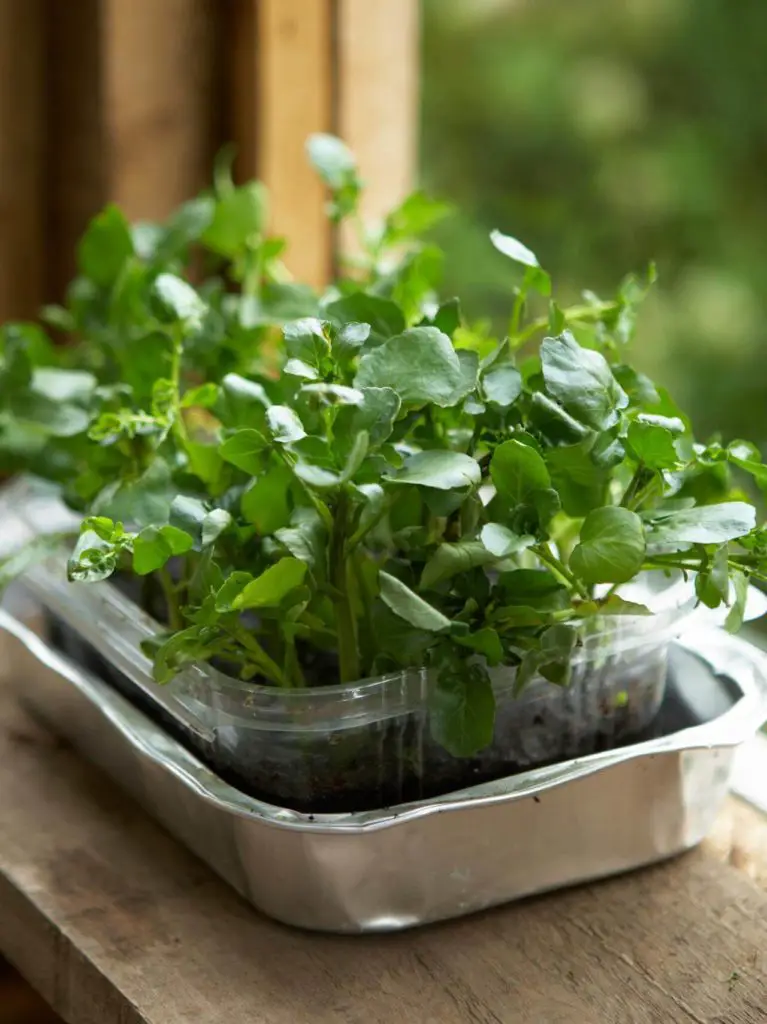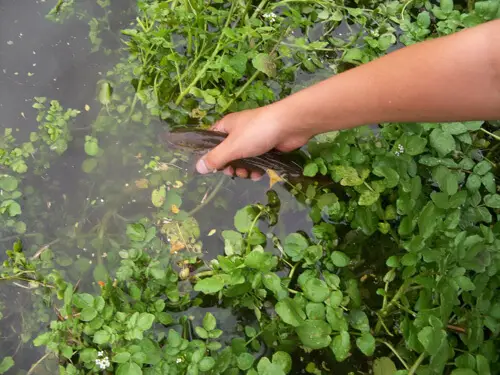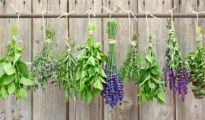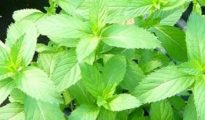If you love leafy greens and salads, you've probably come across watercress at one point or another. But did you know that watercress thrives in clear, slow moving water? This is one of the reasons why so many home gardeners steer clear of it, but the fact of the matter is, that watercress isn't all that hard to grow, plant or care for! Today we'll show you exactly how to grow watercress, care for it, and harvest it with our easy to follow step-by-step gardening guide!
Watercress, or yellowcress, Nasturtium officinale, is essentially an aquatic perennial that grows very fast and is native to Europe and Asia. It's actually one of the oldest known leafy vegetables that is consumed by humans.
Growing watercress is easy because it doesn't require much space or maintenance. In fact, it has become a really popular microgreen for home gardeners, especially in small spaces. You can grow watercress in a windowsill provided you give it lots of sun and water.
How to Grow Watercress – An Easy to Follow Guide

Purchasing Watercress Seeds:
You can find watercress seeds at your local nursery or online. Be sure to purchase organic watercress seeds. Some of the most popular watercress plant varieties are English watercress and broad leaf cress.
Cultivation:
- Watercress is loved for its light, airy, and peppery flavor and is often found growing partially submerged in running fresh water and flooded areas in fairly cool climates.
- If you have a water feature in your garden, that will be the perfect place for you to plant your watercress in. If you do not have a water feature, don't fret – we have a simple solution for you!
- You can easily grow watercress in consistently wet soil with a pH of 6.5-7.5.
- If your watercress is in full sun, you can mimic the conditions by planting it in a pot or bucket and giving it plenty of water.
- In the garden, dig a 6 inch furrow, line it with 4-6 mil polyethylene and fill with 2 inches of compost soil or peat moss.
Planting Watercress:
- You can grow watercress from transplants, seeds, or cuttings.
- Choose a sunny spot and amend the soil with 4-6 inches of composted organic matter or a good quality potting mix.
- If you're planting seeds, sow them in early spring, about three weeks before the last frost date.
- Keep your soil moist, but not covered in water. If you're growing in a pot or container, keep a saucer underneath the pot or container with water to keep the soil moist.
- Seedlings should sprout within a week. If you're growing from transplants, space each plant 8 inches apart once all risk of frost has left.
Watercress Care:

- It's not surprise that watercress loves water, so keep the soil constantly moist, and if you have a water feature in your yard, DO use it!
- If growing in a pot, make sure there is always a saucer with 2-3 inches of water underneath. Also be sure that your pot or container has good drainage holes.
- Keep snails at bay by constantly checking the area.
- Apply a complete soluble fertilizer to prevent nutrient deficiencies.
Harvesting Watercress:
- Your watercress should be ready to harvest in as little as 3 weeks.
- Do not wait too long as the taste will then be compromised. Leaving watercress for too long can cause it to taste bitter.
- Cut or prune the watercress, and this will also encourage more growth.
- You can continue to harvest all year long as watercress keeps growing the more you harvest it.
Happy Planting!



















